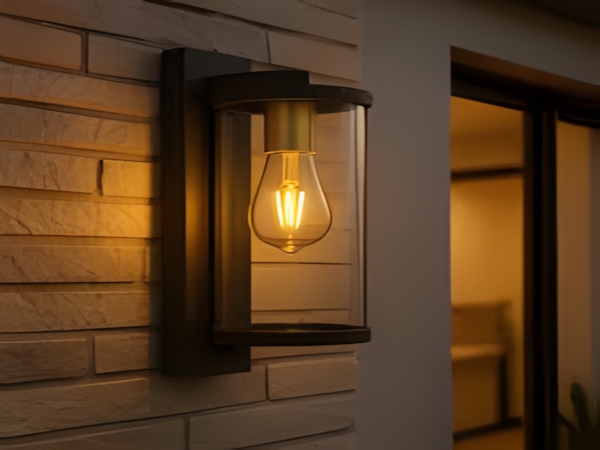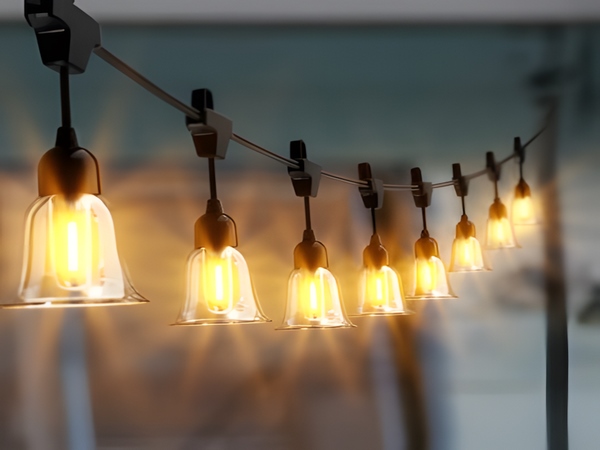
1. The angle adjustment of the solar panel has issues, leading to low charging efficiency.
The correct angle adjustment of the solar panel should follow a simple principle: let sunlight directly shine on the solar panel to maximize charging efficiency. In different locations, the tilt angle of the solar panel can refer to the local latitude. The tilt angle should match the latitude, making it crucial to adjust the solar panel angle for different latitudes and surfaces.
2. Excessive obstructions in the installation area lead to reduced charging efficiency of the solar panels.
For example, leaves, buildings, and other objects may block light, affecting the absorption and utilization of solar energy.
3. Solar panels installed below wires, branches, lamp poles, or other obstructions leave shadows on them during the day.
Since solar panels usually consist of multiple series, if one series of solar cells experiences significant shading, it can break the circuit. If the solar panel consists of many series connections, this part will not generate electricity.
4. Field personnel do not use the remote control correctly, and incorrect parameter settings lead to lights not turning on.
After multiple site investigations, some construction personnel have reported that they do not understand the functions of the remote control and often press buttons randomly. Even if the lights turn on, they may have already set the parameters incorrectly, leading to abnormal lighting.
5. When installing lights on both sides, if the solar panels are tilted face to face, one side will likely be incorrect.
To achieve aesthetic symmetry, installers may tilt the solar panels towards each other. If one side is aligned correctly, the other side will be misaligned. The misaligned side will not receive direct sunlight, ultimately reducing charging efficiency.
6. Randomly extending the solar panel connection cables.
In some locations, due to too many obstructions during solar panel installation, they separate the solar panels from the lights by a considerable distance, with some customers even extending them over 10 meters or more and then connecting them with low-quality two-core wires purchased from the market. The general poor quality of market cables, combined with long distances, leads to significant line loss, which reduces charging efficiency and affects the duration of light.
7. A reference light source near the solar panel causes the charging voltage to exceed the light control voltage point, preventing the lights from turning on.

For example, if other street lights are near solar street lights and turn on at night, the solar panel misinterprets this light as daylight, causing the controller to not allow the lights to turn on.
8. Charging solar panels indoors.

Some customers install solar lights in parking shelters for convenient nighttime parking, but also place the solar panels indoors, which significantly impacts charging effectiveness. In such situations, we can adopt an installation method that has the solar panel charge outdoors while discharging indoors, keeping the solar panel and lamp separate.



